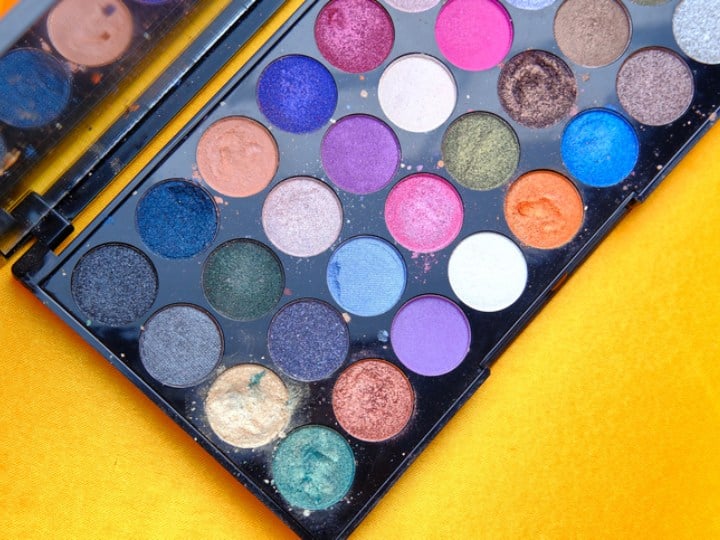Challenge test for cosmetics preservatives that help you to ensure microbial quality, demonstrating preservative efficacy during product shelf-life using established methodology according to USP, ISO 11930, EP and CTFA guidelines
Challenge testing of cosmetics preservative systems help to minimise the risk of microbial growth during normal conditions of storage or use over the expected shelf-life of the product. Preservatives are included in most cosmetic product formulations to protect them from microbiological contamination during normal consumer use to maintain quality and safety of the product. The purpose of the challenge test or preservative efficacy testing is to demonstrate the efficacy of the cosmetics preservative during the shelf and usage life of the cosmetic product. This is a regulatory requirement aimed at reducing risks to consumer safety.
Challenge Test Solutions
During challenge testing for cosmetics studies, we challenge the cosmetic to resist microbial development (for example, typically for 28 days at 32.5°C), which makes it possible to best represent its shelf life and time-in-use. Microorganisms are introduced to the formulation under controlled conditions and then at regular and defined intervals, analysis is carried out according to a validated protocol to determine the efficacy of the preservative system. For the product to pass the testing, its preservation system has to be sufficiently effective to reduce the level of microorganisms to allowed, predefined microbial limits. We can conduct challenge tests according to a range of standards such as United States Pharmacopeia (USP), ISO 11930, European Pharmacopoeia (EP) and Cosmetic, Toiletry and Fragrance Association (CTFA) Microbiology Guidelines.
Challenge Test According to ISO 11930
Our European centre of excellence for cosmetics testing, LaCoMeD, is located near Chalon-sur-Saône in France and this team conducts preservative efficacy testing according to the ISO 11930 standard - Evaluation of the antimicrobial protection of a cosmetic product) either by the reference method (manual method) or by an automated method (using TEMPO CT instrumentation) which has been internally validated on a wide range of cosmetics ranging from simple matrices to more complex matrices. Microorganisms used for challenge testing are usually the following: Escherichia coli, Staphylococcus aureus, Pseudomonas aeruginosa, Candida albicans and Aspergillus brasiliensis. Other microorganisms can be added if required.
What are preservatives for cosmetics?
In Europe, the Cosmetic Products Regulation (Regulation 1223/2009/EC), Annex V provides a list of allowed preservatives which cosmetic products marketed in the European Union may contain. The list contains maximum concentration limits and other restrictions. It also contains special labelling requirements, which outline conditions of use and warnings. As of August 2022 the database contains over 170 unique entries.
Common preservatives include 5-chloro-2-(2,4-dichlorophenoxy) phenol, also known as triclosan, which is allowed for use in nail products for cleaning the fingernails and toenails before the application of artificial nail systems, face powders and blemish concealers, body soap/shower gel, non-spray deodorants, mouthwashes, toothpaste and hand soap as per Annex V. Other preservatives include benzalkonium chloride (used in skincare and other products such as shampoos, body washes), isothiazolinones, such as methylisothiazolinone and also organic acids, such as benzoic acid, salicylic acid, or formic acid which help to safeguard against fungi and some bacteria.
Total Quality Assurance
Bringing quality and safety to life, we offer a toolbox of Total Quality Assurance Solutions for cosmetics, supporting you across product innovation, raw materials qualification, stability studies, microbial quality and regulatory guidance. We offer a wide breadth of sector-dedicated technical solutions underpinned by 20 years of proven expertise in cosmetics testing delivered from our centres of excellence for cosmetics testing.
What does testing to ISO ISO 11930 involve?
The ISO 11930:2019 Cosmetics — Microbiology — Evaluation of the antimicrobial protection of a cosmetic product is document should be used to guide the overall evaluation of the antimicrobial protection of a cosmetic product. The antimicrobial protection of a product can come from many sources including chemical preservation, inherent characteristics of the formulation, package design, or the manufacturing process. The ISO 11930 standard defines a series of steps to be taken when assessing the overall antimicrobial protection of a cosmetic product. A reference method for a preservation efficacy test (challenge test) along with evaluation criteria is also described in this document. These tests involves, for each test microorganism, placing the formulation in contact with a calibrated inoculum, and then measuring the changes in the microorganism count at set time intervals for a set period and at a set temperature. The data generated by the risk assessment (see ISO 29621) or by the preservation efficacy test, or both, are used to establish the level of antimicrobial protection required to minimize user risk. This document specifies a procedure for the interpretation of data generated by the preservation efficacy test or by the microbiological risk assessment, or both, when evaluating the overall antimicrobial protection of a cosmetic product.

